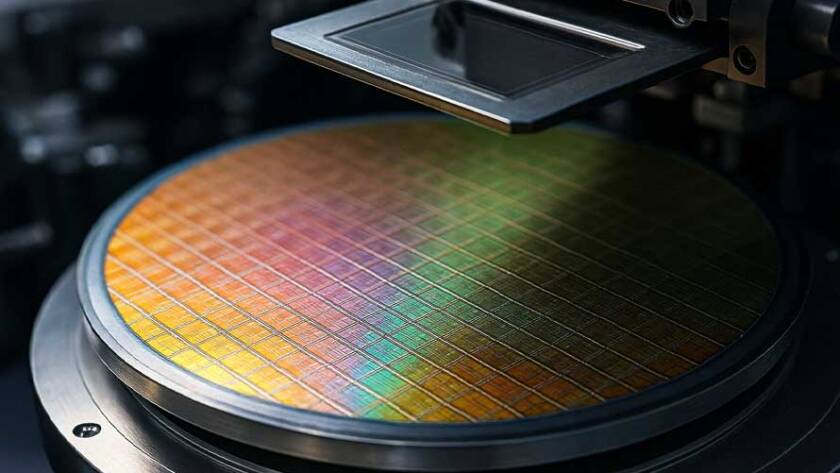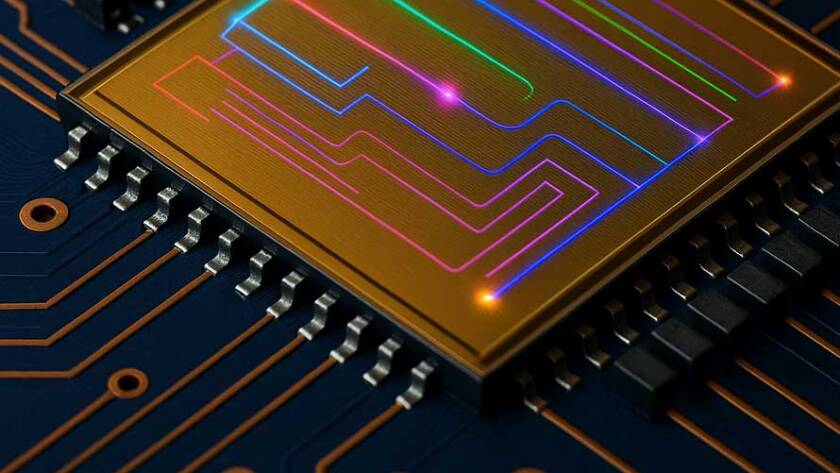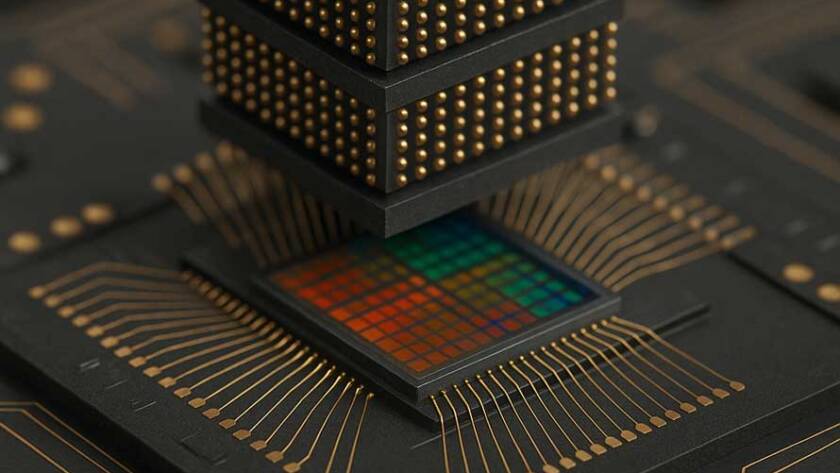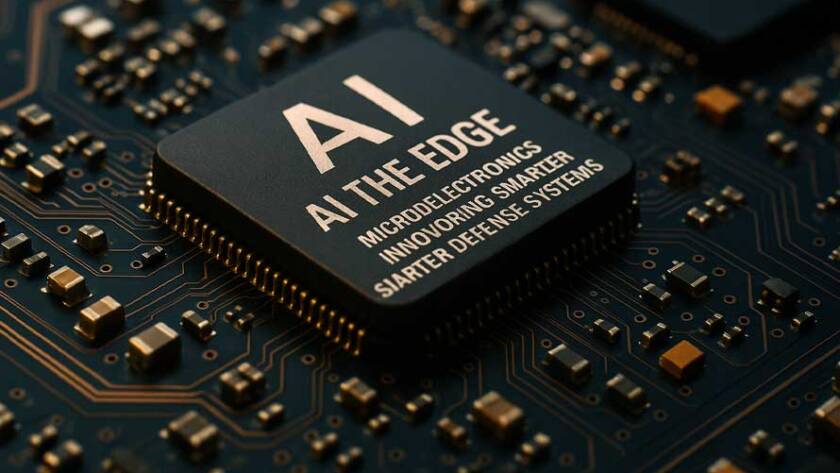The integration of 3D-stacked microelectronics has emerged as a pivotal enabler of next-generation defense systems, offering substantial gains in computational density, bandwidth, and thermal efficiency. In April, multiple defense technology programs—both classified and unclassified—publicly confirmed the transition of their embedded platforms toward vertically integrated chip architectures, driven by the operational need for compact, high-performance computing…
Read More












